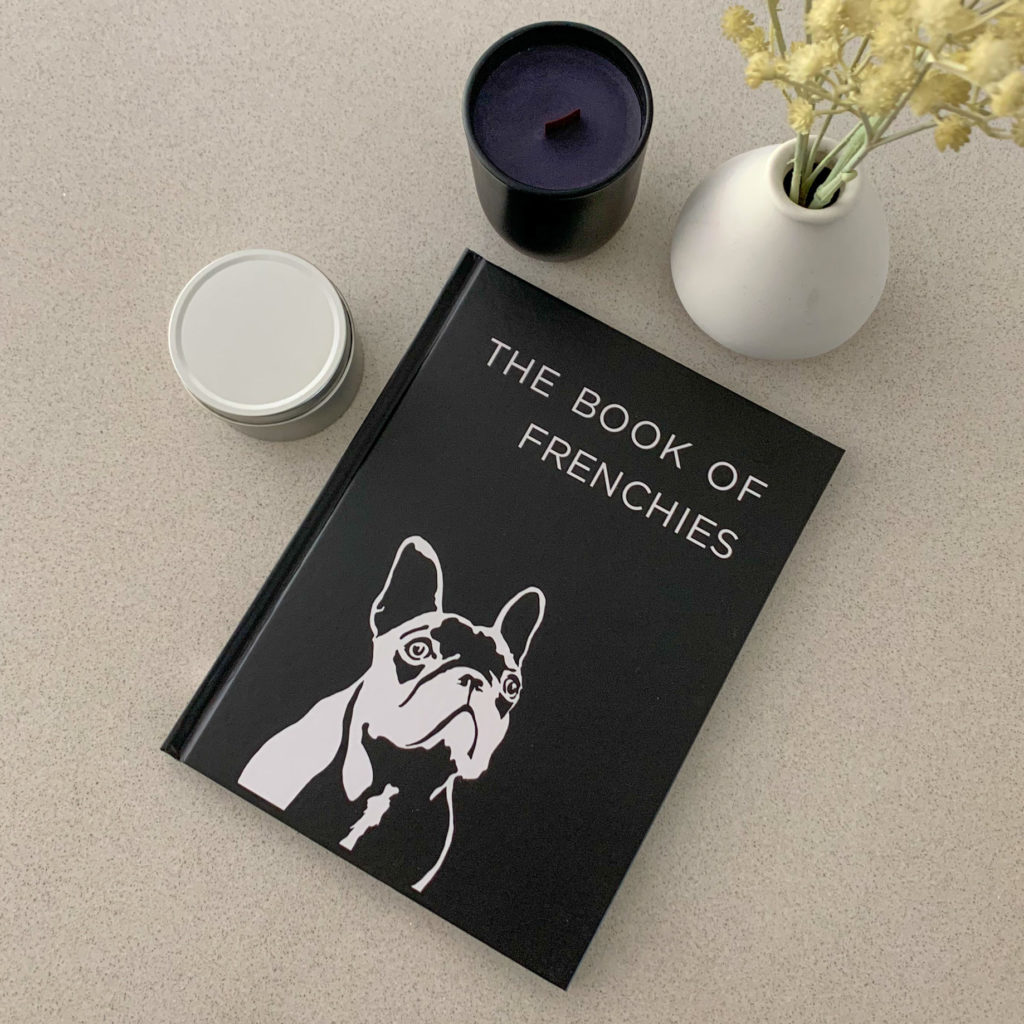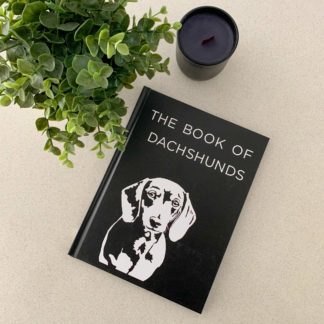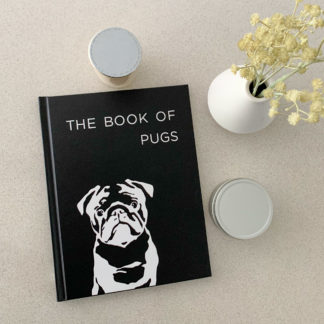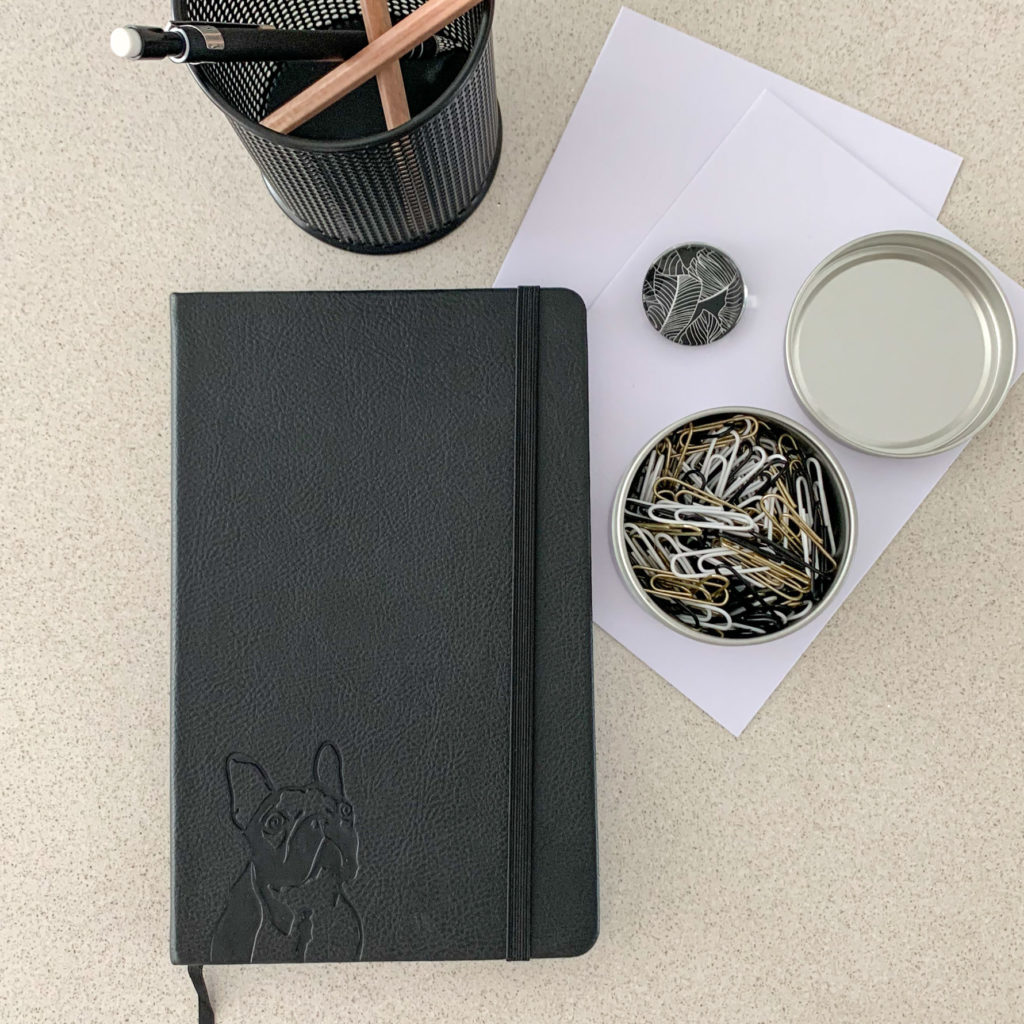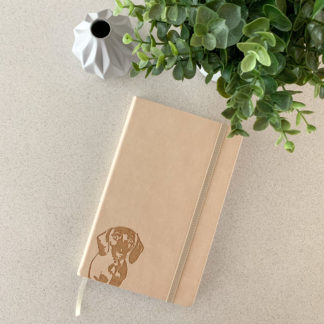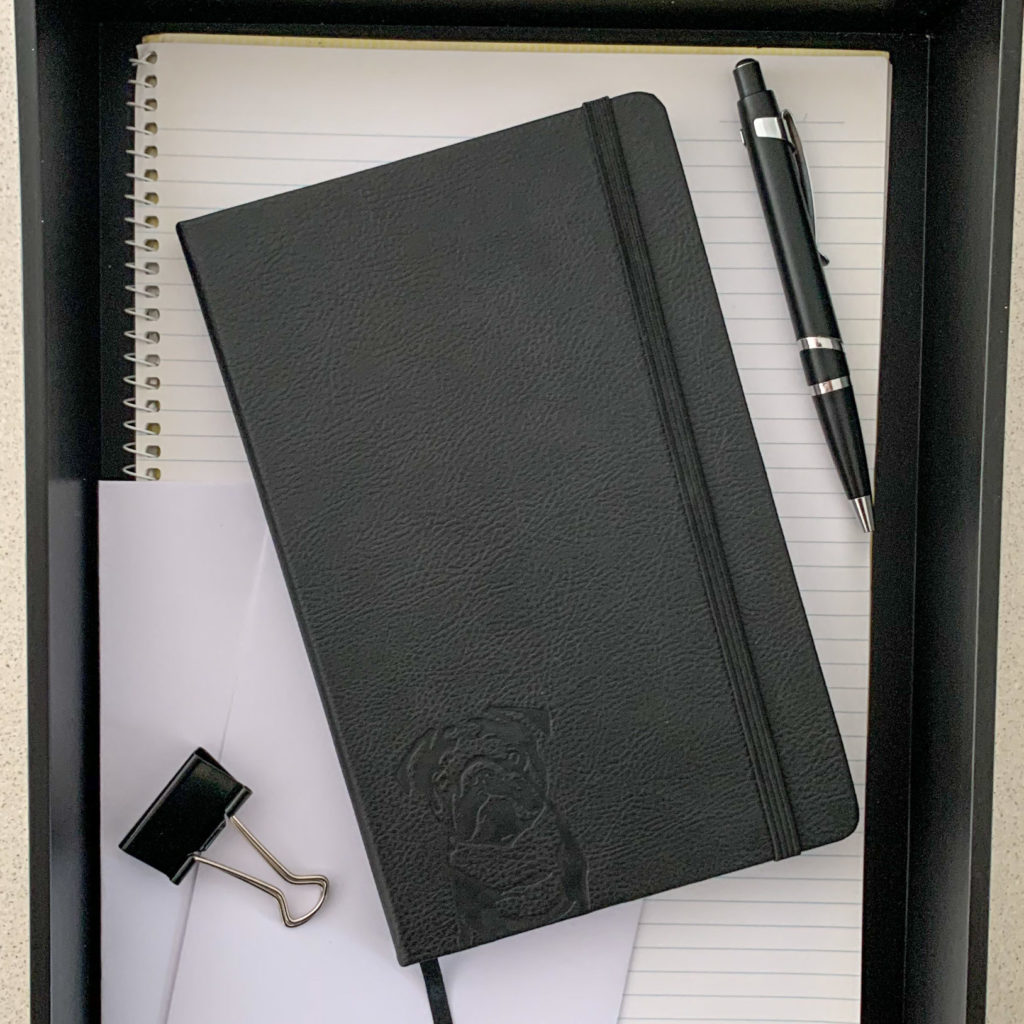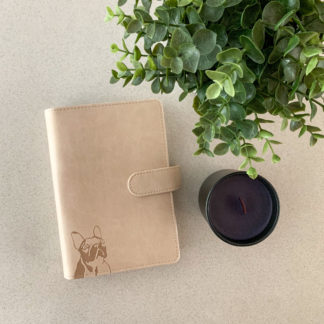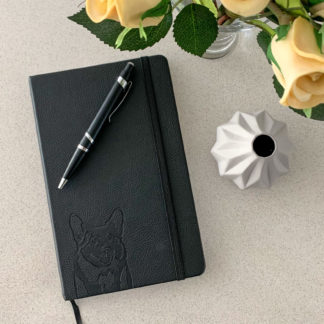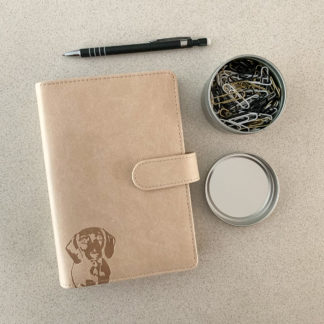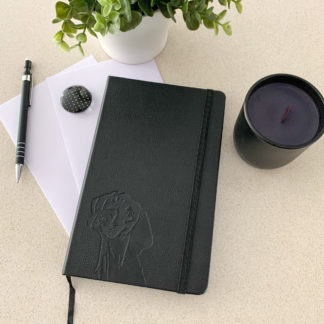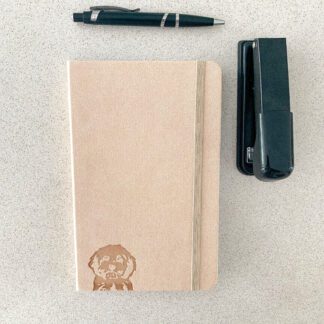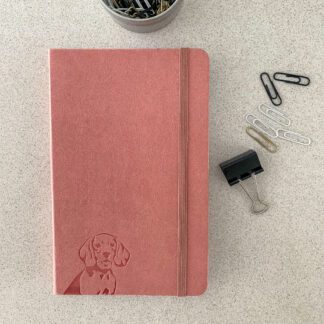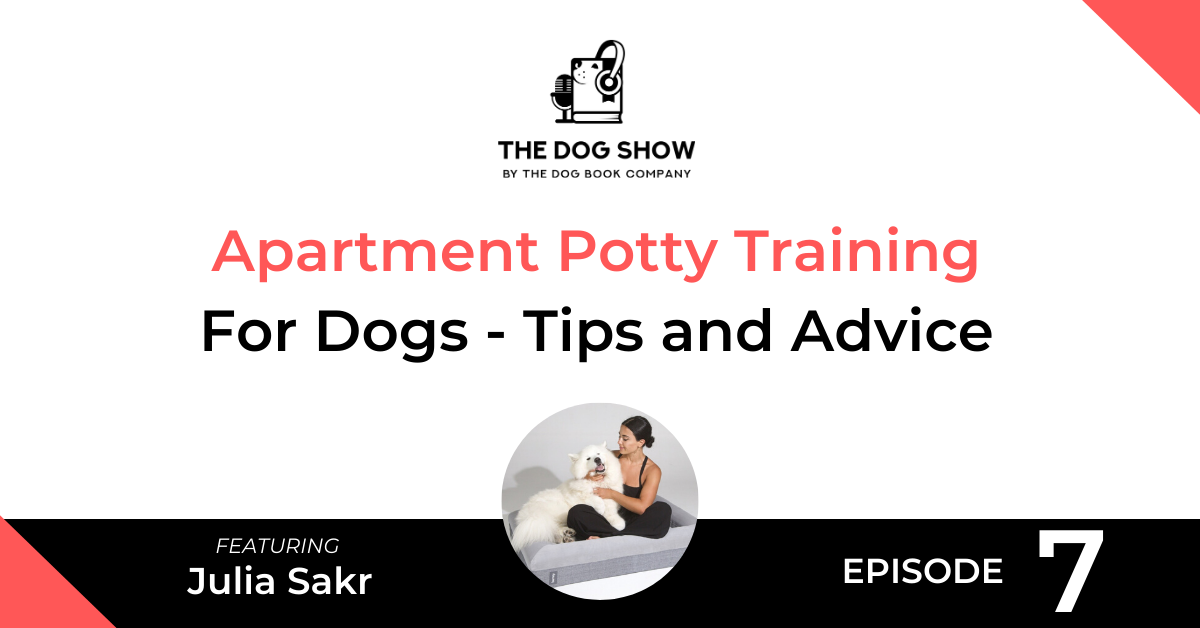
Are you trying to apartment potty train your dog?
This episode of The Dog Show, featuring Julia Sakr, is a great place to learn how.
Julia is the Founder of Potty Plant, Australia’s first real grass dog toilet subscription service. With Potty Plant’s subscription grass plan, you get fresh grass delivered to your door when you need it. It’s the perfect potty training partner for apartment living.
In the interview, we discuss apartment potty training for dogs, why fresh grass is better than pee pads, and reveal an exciting new dog bed business that Julia has launched.
Find out more about Julia’s businesses here:
- Potty Plant
- Potty Plant on Facebook
- Potty Plant on Instagram
- Barney Bed
- Barney Bed on Facebook
- Barney Bed on Instagram
Listen
Watch
Read
Will: This episode of “The Dog Show” features Julia Sakr. Julia is the founder of Potty Plant, Australia’s first real grass dog toilet subscription service. With Potty Plant subscription grass plan, you get fresh grass delivered to your door when you need it. It’s the perfect potty training partner for apartment living. In the interview, we discuss apartment potty training for dogs, why fresh grass is better than pee pads, and we also reveal an exciting new dog bed business that Julia has launched. Okay, Julia, thanks so much for coming on “The Dog Show” today. I really, really appreciate having you on.
Julia: Hi, Will. Thanks for having me.
Will: No worries. So let’s start with something nice and simple. I wanna hear a little bit more about your dog, Barney, and your history with dogs. So can you tell me a bit more about Barney?
Julia: Yes. So I got Barney as a puppy in 2013. And we lived in an apartment. And basically, I really struggled with toilet training him in the apartment because we had no easy access to a garden or somewhere natural where he can pee and poo. And at that moment in time, all that was available was puppy pads and fake grass. And so each day I would find myself taping up all these puppy pads on the balcony just for him to…in the hope that he wouldn’t miss and he’d used them and I had to take them down because they’d get blown away by the wind. We lived on the fifth floor. And yeah, it wasn’t really working because sometimes he would make the mark. But then other times he’d go pee in the kitchen or elsewhere in the house, in the apartment. And I also tried to fake grass because that’s all that was available at that time at Pet Barn. And yeah, I just really struggled with it. And yeah, so I decided, okay, I’m gonna try…Like, he didn’t have any issues going to the park and doing his business there. So I thought about bringing some grass inside and yeah, I wanted see how it would work with him.
Will: Oh, so what type of dog is Barney? Sorry, I’m just trying to jump back a little bit before we jump in and talk about Potty Plant but…
Julia: So Barney is a samoyed.
Will: Samoyed. Yeah, cool. Actually, I interviewed Alex Hines who’s part of the Bondi Vet, like she’s the Queensland vet for that, and she has a samoyed as well. It’s obviously a popular dog. What about samoyeds attracted you to them?
Julia: I just love how they look like little teddy bears and they’re always smiling. So they’re called the smiling dogs because you see them running towards you and they’ve got this huge grin on. And I guess that’s what I really loved about them.
Will: Yeah, I mean, they’re a beautiful looking dog. How have you found apartment living with a samoyed?
Julia: Well, look, they’re very active dogs. So as long as you take them out regularly, which I do…I work from home mostly and if I do go to the office, I take them with me. So it’s not really an issue when we come back to the apartment. They don’t need a lot of space at home. So yeah, as long as you’re fulfilling their exercise needs every day, then I think you can have any dog in an apartment as long as you do take them out regularly and if they’re active, you just get them burnt out and they’ll come home and sleep. So yeah, it’s okay.
Will: Yeah, because you’re in Bondi is that right?
Julia: Yeah, I’m in Bondi.
Will: Does Barney go to the beach, do you like to take him to the beach or…?
Julia: Yeah, we love taking him to the beach. So I’ve also got another samoyed called Chewbacca.
Will: Oh, cool. Adorable.
Julia: Yeah. Yeah, they love the beach so we take them to North Bondi Rocks in the summer and they jump off the rocks and they swim in the deep end not so much where the waves…like on the beach because they’re not allowed there but yeah, they love it. And this past summer, I took my underwater camera to film Barney under the water swimming. So we’ve got some really nice footage. It’s really funny. He loves swimming.
Will: Yeah, that sounds cool. So how old is Chewbacca?
Julia: She just turned 3 actually.
Will: Okay. I’ve often thought…we have one dog and I’ve often thought about having a second dog for company and all that kind of stuff but it sounds like more work actually, to be honest.
Julia: Yeah, I agree. And I think if you introduce a new, like, puppy when your dog…because I got Chewbecca when Barney was 4. You know, he’s passed that puppy stage. He doesn’t wanna be annoyed all the time. And I think that’s what Chibby does to him. That’s her nickname. She annoys him a lot when he just wants to, like, relax and not want to deal with her. But he’s been so great. Like, he’s really patient and he’s never aggressive towards her or anything. He’s kind of like a big brother. And she’s an annoying little sister.
Will: That’s nice. Yeah. When you see dogs, they seem to kind of have a maternal instinct just to, I guess, adopt them as like a brother or sister when they’re young.
Julia: Yeah, that’s right. Well, it took him a while to warm up to her at first because she was always in his face, like, jumping on him, biting his ears. But yeah, he was so cool, like the most he would do is like a little growl here and there to sort of warn her to back off, but she’s as annoying as ever.
Will: That’s good. So maybe she’ll grow out of it seeing as she’s 3 now. She might be getting…
Julia: She would, but she’s still just like, yap, yap, yap all the time, you know. Yeah.
Will: Well, our French bulldog’s 4 years old, and she still acts like a puppy every day. So I don’t know if they’re ever growing out of it.
Julia: I don’t know. I think when you have one, you don’t have another to compare them to so you sort of see them as your baby. But now that I’ve got two, I can see the difference quite clearly between them both, like Barney is just like this mature, amazing dog like he can do no wrong really. And Chibby is so naughty. Like, I honestly don’t have a pair of socks intact, like she eats all my socks and she’s always destroying things around the house. Her favorite is my lip balm so I don’t have any lip balms. Like I can’t buy them and just leave them around because, like, she’ll even climb up onto the coffee table, take it right off and start eating it. So…
Will: Well, that’s a bit worrying, I guess, you have to watch what’s around her.
Julia: I know. Well, that’s how I am if I ever leave them in the house alone, like I’m always looking around, “Okay, what can she chew?” You know, put it away or close that bedroom. Yeah, she’s naughty.
Will: That’s a good segue actually into Potty Plant. So do they have their own separate Potty Plants in the apartment?
Julia: No. So they’ve got two but it’s funny, they both use one to pee on and one to poo on.
Will: Oh, okay.
Julia: So, one’s for number two and one’s for number one, and they share them both.
Will: Oh, that’s good, I guess.
Julia: Yeah, it’s not like a girl’s and a boy’s bathroom. [naudible 00:08:01]
Will: Were there any struggles initially when you had the new puppy coming like with a training process, like was Barney at all territorial around, like, where they went to the toilet and stuff or…?
Julia: No, I actually found it easier the second time around because I found that Chibby would just follow what Barney is doing. So he kind of showed her where to pee and poo. And if you ever have a dog that you’re struggling to get them to go somewhere, the best thing you can do is get another dog’s pee to put in that spot because they’ll wanna remark. So I think it really helped her by having Barney’s scent there before her.
Will: Cool, okay. So tell me a bit more…you were talking about it before and I kinda cut you off, but…
Julia: Oh, sorry, I was rumbling on. I wasn’t thinking.
Will: Take me back again to when Potty Plant all started and like the process that you were going through to come up with this idea of creating a section of grass and everything like that.
Julia: Yeah, so I got Barney in the apartment and basically he was just peeing and pooing everywhere. And at that stage, there was only puppy pads and fake grass that you could buy to toilet train your dog. So I was using puppy pads and lots of it. I was taping them down on the balcony, we lived up on the fifth floor, and any gust of wind would just blow them away so I had to tape them down with sticky tape every single day. And like by the end of the day, I felt so bad like throwing away all this plastic. It’s just waste and it wasn’t biodegradable or anything like that. So I got frustrated because I kept cleaning up after him as well. It’s not like he was doing all his business on the puppy pads. He was also doing it inside the apartment on the carpet and everywhere else he had access to.
Oh, and another thing that I noticed of the puppy pads is so because I was treating him every time he’d do it on the puppy pad, I’d say “Good boy, you did it in the right spot,” when we’d go out on walks, like, I’d find him holding on and waiting until we got home so he could do his business on the puppy pads to sort of go there again and get his treat. So I was like teaching him the wrong habits. And then at times when I would take him to the dog park and he was off-leash, I’d see him, he’d do it normally on the grass there. So I thought, well, maybe if we had grass at home, like, maybe that would be easier for him because I really don’t wanna keep encouraging him to just go on the puppy pads because maybe he’ll learn that that’s all he needs to go on and not sort of make that transition to going outside in the park more smoothly and go there every time.
So yeah, that’s when I started experimenting with a slab of grass. And yeah, I was surprised by, like, how quickly he took to it. But there was the issue of having, like, dirt and muddy footprints all over the apartments. So then I thought, okay, well, maybe it needs to have a container that’s sort of puppy proof as well where he can’t access the soil underneath or nibble on the edges. So yeah, that’s when I started thinking about creating something.
Will: Yeah, that makes a lot of sense. As you were talking, and then you got to the point in the end, it made me start thinking, yeah, like, if they just go on the pads all the time, then eventually, they might always just wanna do that. And habits are really hard to break, right, once they get started, so.
Julia: That’s right. Like, on walks, I’d find that he wouldn’t readily go to the toilet outside. And he’d sort of just hold on and then as soon as we get home, he’d go do it on the pee pads, but when we’re at the dog park and he’s running off and we’re there for quite a while, like, he’d do it naturally on the grass like he’s meant to. So yeah, it’s all about what they’re used to doing in those short few weeks, like eight weeks or so, when they’re first at home.
Will: How important do you think it is, I guess, potty training at that very young age as soon as you’re gonna get a puppy into your apartment or your house compared to like then trying to create a habit later? Like, you kind of had half of the experience there. But…
Julia: Yeah, it’s so important. So puppies have a window like up until they’re about 16 weeks. And by the way, I learned this just in the past five years with my work with Potty Plant and thousands of customers and seeing their results and speaking to lots of dog trainers, so I’m not a dog trainer, but just from what I’ve seen, like they do have something, which I was told is called substrate preference, and that’s like in that short window of 16 weeks, that’s when they’re learning what they prefer to go on to toilet. So if they’re always feeling, like, pee pads under their paws as they’re eliminating, that’s kind of the blueprint that’s gonna set them up for the rest of their life. So that’s why personally, I think puppy pads and fake grass are a teaching puppy the wrong thing. And you’re more likely to have accidents on your carpet because carpet does feel like puppy pads in a way, like for a puppy. Yeah, they’re being taught to go on the puppy pads and they’ll just go on your carpet and think that’s okay.
Will: Would you recommend…I guess this is something we’ve had a number of questions in the past, I’m just thinking about our audience and that it’s dogs that are probably past the 16-week stage and they’ve got issues with defecating in the house or not wanting to go outside, as you said, they’re almost used to doing it now and that’s where they wanna go. They won’t go on the walk. They’ll wait until they get home even. Do you think that using the Potty Plant process is something that could help those dogs as well?
Julia: Yeah, absolutely. I think using the Potty Plant in addition to, like, active restriction in the house, so you don’t want your dog to be walking around the house and peeing and pooing where he pleases. Even if he is over the, like, 16-week mark, or even if he’s not a puppy anymore, you still wanna create that boundary and sort of minimize the times that he does do it in the wrong spot because the more he does it in the wrong spot and he’s, like, smelling himself all over the house or he can smell his pee and poo, he’ll wanna remark again and again. So if you have the Potty Plant where you’re showing him “Okay, this is where you need to go.” Actively take your dog by the lead to the Potty Plant as if you’re taking them on a walk and wait for them to finish their business. Once they do their business, praise them, reward them, and if this happens over many times, then eventually the dog’s gonna learn to do the right thing.
Will: Yeah, so if you had summarize like, okay, let’s just say I’ve just got a new puppy and I asked you, how do I potty train my puppy? I live in an apartment. And I’ve just got my Potty Plant. What process would you recommend? Do I start with it inside? Do I put it out in the balcony and only allow them to go out there? Kind of what’s like a three or four-step process I should take?
Julia: Okay, so it depends on the configuration of your apartment. If you are able to have your puppy set up on the balcony, and it’s safe as in the puppy is not gonna get rained on, it’s not too much sun, it’s perfect temperature, I would say set up a playpen on your balcony, put the Potty Plant inside the playpen. And that way if you need to leave for a few hours, you know your puppy’s safe inside this little enclosure and it’s not gonna get up to mischief and also it can take itself to the Potty Plant when it needs to go the toilet. One thing that I would not recommend is allowing your puppy to just walk around the apartment as he pleases because their bladders and their bowels are so small, if they happen to be standing in your kitchen, they’re gonna eliminate there. So restriction is the number one thing.
Will: Would you ever put the Potty Plant inside as a transition phase?
Julia: Yeah, look, you can put it inside and like a lot of our customers don’t have balconies, so they do put the Potty Plant inside. If you are at home with your puppy, like if you’re working from home nowadays and you are able to be there actively, you can have your puppy’s leash tied up next to you while you’re working away, just make sure you take your puppy out to the Potty Plant, whether that be inside or outside, after those times like eating, and drinking, and playing, all those times your puppy has got a full bladder and full bowels and ready to go. So you have to sort of time when you take your puppy out to the toilet and just keep a diary as well. The more times your puppy does it on the right spot, it’s just the momentum builds up and that muscle of toilet training gets much bigger and better for the puppy so they learn a lot quicker.
Will: That’s a great tip actually, keeping a diary, I never thought of that because they’re on some sort of schedule, right? So if you can start to understand what that schedule is, maybe you can set an alarm or something on your phone, and then just take them out when they’re ready, so.
Julia: Yeah, that’s right. And so some of our customers want to crate train. So crate training is also a really great tool but it only works if you’re there to actively take the puppy out every few hours or so. And your puppy does need to be introduced to crate training really gently and slowly, so they have to enjoy being in the crate. So just think about the alarm, like if you’re crate training overnight, make sure you do set your alarm every few hours, I know it’s not fun, and take your puppy out to the Potty Plant from the crate.
Will: That was one thing I noticed when we first had our puppy is like how much it was like having a child. I don’t wanna compare it to like having a child but like, the amount of work that is required to potty train and all this kind of stuff, it’s a lot of work. It is a lot of work.
Julia: That’s right. I wouldn’t recommend to do it at the same time…get a puppy when you’ve still got, like, a child that you’re toilet training.
Will: Yeah, that could be a lot of work.
Julia: Yeah, double the work.
Will: So you mentioned that puppy pads were an issue that you found when you were potty training Barney. Do you see any other mistakes that owners make whilst potty training that maybe they could just…like simple things they could overcome?
Julia: Yeah. Don’t let your puppy run around the house. This is a big thing, like, so many customers let us know, they’re like, “Oh, we’ve got the Potty Plant. And the first week, my puppy is so smart, went to the Potty Plant straight away and did her business there, but she’s still peeing and pooing in the kitchen.” And our first question is like, “Why is she in the kitchen in the first place? Like, your puppy should only be in a small location in the house, and that location should only be enough space for the toilet, bed, food, and water.” Common misconception that your puppy needs to be playing and overly excited in the house, but really, like the puppy should just be sleeping. And this is a time for you to foster those calm habits like staying in the bed, staying in one location. We don’t wanna overexcite a puppy. So, yeah, my number one tip would be just don’t overexcite your puppy, encourage them to sleep, because a calm puppy will learn toilet training a lot quicker.
Will: Okay, so like the big takeaway would be…in my summary is during that opportune training time, which is before the 16 weeks if you have the chance, to keep them restrained in a certain area so you can do all of your training in that spot.
Julia: Absolutely. Yeah.
Will: Okay. So, just quickly before we finish up the interview, as well as being the founder of Potty Plant, you’ve also got another business called Barney Bed. So do you wanna just tell me a little bit about the inspiration for Barney Bed and then how that all happened?
Julia: Yes. So Barney is like in his seventh…he’s six-and-a-half now. Yes, he’s in his seventh year, well, about to start. And I could not find any like nice beds that also offer him that orthopedic support and comfort. And then if you had a really nice bed like they’re really impractical to wash. So yeah, like it was a similar thing like it was born out of the need to want to buy something like that. So yeah, that’s how I designed the Barney Bed. And yeah, like we’ve made it really nice, fits in with your house furnishings and easy to wash. All you have to do is zip off the cover and throw it in the washing machine. And it never ever stinks. So the inside of it is covered in a water-resistant lining. So it’s basically gonna be the last bed you buy. It’ll protect it against all those horrible smells and yeah, it’ll never sag as well. So it provides your dog with the orthopedic support and not just for aging dogs, but also for puppies and middle-aged dogs, they all need the support. And there’s never an early time to start.
Will: And that’s interesting, the smell thing is interesting because my wife’s always pretty much getting to the point where it smells so bad that I mean, you can wash it, but it never really gets rid of the full smell in a way. Eventually, just throw it out and get a new bed.
Julia: Yeah, ends up being a waste and it’s a waste of money and it just ends up being in landfill. One thing that I really…I mean, I only buy something if I’m gonna use it. Like, all the time. I don’t wanna buy something that I end up throwing away. So that was a big thing to me with the Barney Bed. We made it from really strong materials that are built to last and yeah, we always wanna wash it, wash the cover, and not ever have to throw away the bed. So yeah, like I’ve had mine for nearly two years now and each time I wash the cover, it’s brand new. And that’s what a lot of our customers tell us is, “Well, like, it looks brand new after each wash.” So yeah.
Will: That’s good. Right, so where can people find out more about Barney Bed and Potty Plant and everything that you’re doing?
Julia: So yeah, if you follow us on Instagram, so @pottyplant, we’ve got lots of toilet training tips there as well for puppies and adult dogs as well. Barney Bed is @thebarneybed. And also on our website, so pottyplant.com.au and barneybed.com.au.
Will: Yeah, I noticed on Instagram like you’re always doing some great videos and stuff as well. So yeah, I recommend everyone go and check that out. I’ll leave all those links in the notes for the show and let everyone know where they can find you, so.
Julia: Great. Thanks, Will.
Will: Thanks so much for the interview. It was great. I really enjoyed it. And I think everyone will get some really good tips about potty training their puppies or even if they’ve got older dogs they’re trying to train for an apartment, there’s some huge tips in there.
Julia: Thank you. Well, thanks for giving me the opportunity to be on your podcast.
Will: You’re welcome.
From Our Store
-
French Bulldog Coffee Table Book – The Book of Frenchies
From: EUR €34.01 Add to cart -
Dachshund Coffee Table Book – The Book of Dachshunds
From: EUR €34.01 Add to cart -
Pug Coffee Table Book – The Book of Pugs
EUR €34.01 Add to cart -
French Bulldog Notebook – A5, Hardcover, PU Leather, 100gsm Lined Pages, Bookmark (Three Colours)
EUR €19.84 Select options -
Dachshund Notebook – A5, Hardcover, PU Leather, 100gsm Lined Pages, Bookmark (Three Colours)
EUR €19.84 Select options -
Pug Notebook – A5, Hardcover, Black PU Leather, 100gsm Lined Pages, Bookmark (Three Colours)
EUR €19.84 Select options -
French Bulldog Planner – PU Leather Exterior, Metal Loose Leaf Ring Binder, 100gsm Paper (Two Colours)
EUR €36.85 Select options -
Corgi Notebook – A5, Hardcover, Black PU Leather, 100gsm Lined Pages, Bookmark (Three Colours)
EUR €19.84 Select options -
Dachshund Planner – PU Leather Exterior, Metal Loose Leaf Ring Binder, 100gsm Paper (Two Colours)
EUR €36.85 Select options -
Vizsla/Weimaraner Notebook – A5, Hardcover, PU Leather, 100gsm Lined Pages, Bookmark (Three Colours)
EUR €19.84 Select options -
Cavoodle Notebook – A5, Hardcover, Black PU Leather, 100gsm Lined Pages, Bookmark (Three Colours)
EUR €19.84 Select options -
Beagle Notebook – A5, Hardcover, PU Leather, 100gsm Lined Pages, Bookmark (Three Colours)
EUR €19.84 Select options

